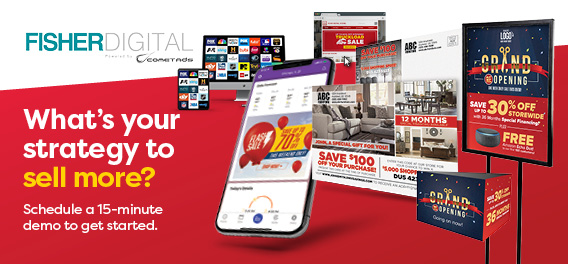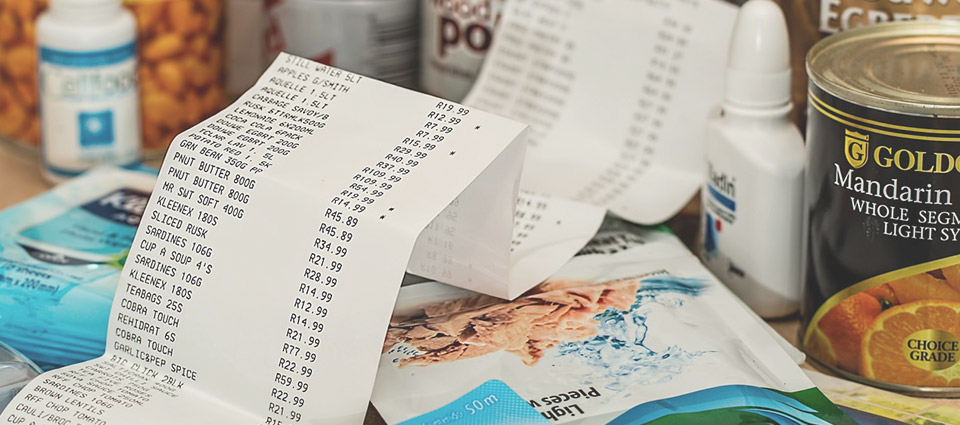How to Deliver What Grocery Shoppers Want
July 31, 2017The war to win grocery shoppers is on. The battlefield is crowded with challenges like Amazon’s recent Whole Foods acquisition, rising demand for meal delivery services and growing online grocery shopping sales.
The grocers who deliver what shoppers want will win. We examine what grocery shoppers want and how to deliver those messages in this article.
What Grocery Shoppers Want
Today’s grocery shoppers want “a clear and honest experience with their food.” They look for grocers to be transparent about their quality standards and business practices, according to a recent report from the Food Marketing Institute.
The top four areas where shoppers want transparency:
- food and safety
- health and wellness
- food discovery
- closer connection to food
Being unable to find this information quickly and easily may cause a consumer to shop elsewhere. Findings from Blackhawk Engagement Solutions details the top reasons for store selection, which are:
- low prices 70%
- specific products/brands 59%
- store location 48%
- faster checkout 31%
- store size 24%
- organic/locally sourced section 21%
When consumers visit a grocery store’s Social Media sites, they are looking for recipes, to compare prices between brands, prices and sales, according to insights from Progressive Grocer.
Key Point: Grocery shoppers want a lot of specific information to help them decide where they will spend their average of $107 per week during 1.6 weekly shopping trips, according to FoodDIVE. Finding effective ways to deliver this information is critical.
Tip: The leadership team should outline what specific information they want to share with customers. This outline can mandate what information should be shared on which channel.
Delivering those Wants
Most consumers—73%--are either “likely” or “very likely” to visit a brick-and-mortar store if they can find store information online, according to Business2Community. Yet only 12% of grocers have an omnichannel program in place, according to the 84th Annual Report of the Grocery Industry.
Omnichannel messaging means you are conveying consistent brand messaging across multiple channels so customers get the same experience no matter which channel they are using. Executing an effective omnichannel strategy that addresses wants is how to win customers.
The top reported three tools grocers use to engage with customers are:
- Social Networks 92%.
Facebook, YouTube, Twitter, Pinterest and Instagram are the Social Media networks that supermarket shoppers prefer. Millennials use YouTube, Instagram and Snapchat the most, according to the US Supermarket Shopper Digital Update 2017.
- Associate Feedback 82%
Leverage store associates to provide some of the transparency grocery shoppers want. Incorporate talking points about food safety, food products and where the store gets its food from into employee training.
- Electronic Communications/Digital Surveys 56%
The majority of grocers use digital communications on a weekly basis. According to Dawn of the Digital Grocer, the most-used digital channels are:
email 57%
website 53%
mobile app 51%
in-store kiosk 46%
social media 45%
text 44%
Key Point: Grocers have quite an array of tools at their disposal with which to give customers “a clear and honest experience with their food.”
Tip: Allocate adequate resources to execute and maintain information distribution. It’s critical to share consistent messaging across all channels and monitor those channels. Consider hiring an agency with multichannel expertise.

